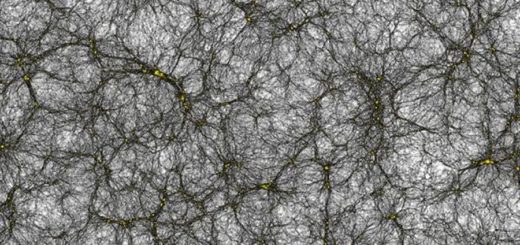How Stars Work

It’s a dark, clear, moonless night. You look up into the sky. You see thousands of stars arranged in patterns or constellations. The light from these stars has traveled great distances to reach Earth. But what are stars? How far away are they? Are they all the same? Are there other planets around them?
In this article, we will look at the fascinating world of stars. We will examine the nature of stars, types of stars, how stars form and how stars die. If you have read How the Sun Works, you already know a lot about the nature of Earth’s nearest star. As you read the following pages, you’ll find out even more about what you can see in the night sky.
Stars and Their Properties
Stars are massive, glowing balls of hot gases, mostly hydrogen and helium. Some stars are relatively close (the closest 30 stars are within 40 parsecs) and others are far, far away. Astronomers can measure the distance by using a method called parallax, in which the change in a star’s position in the sky is measured at different times during the year. Some stars are alone in the sky, others have companions (binary stars) and some are part of large clusters containing thousands to millions of stars. Not all stars are the same. Stars come in all sizes, brightnesses, temperatures and colors.
Stars have many features that can be measured by studying the light that they emit:
temperature
spectrum or wavelengths of light emitted
brightness
luminosity
size (radius)
mass
movement (toward or away from us, rate of spin)
And if you’re studying stars, you’ll want to have these terms in your stellar vocabulary:
absolute magnitude – apparent magnitude of the star if it was located 10 parsecs from Earth
apparent magnitude – a star’s brightness as observed from Earth
luminosity – total amount of energy emitted from a star per second
parsec – distance measurement (3.3 light-years, 19.8 trillion miles, 33 trillion kilometers)
light-year – distance measurement (6 trillion miles, 10 trillion kilometers)
spectrum – light of various wavelengths emitted by a star
solar mass – mass of the sun; 1.99 x 1030 kilograms (330,000 Earth masses)
solar radius – radius of the sun; 418,000 miles (696,000 kilometers)



 Creators of mankind
Creators of mankind Description of “Tall white aliens”
Description of “Tall white aliens” Where they came from?
Where they came from? About hostile civilizations
About hostile civilizations The war for the Earth
The war for the Earth “Tall white aliens” about eternal life
“Tall white aliens” about eternal life Video: “Nordic aliens”
Video: “Nordic aliens” Aliens
Aliens Alien encounters
Alien encounters The aliens base
The aliens base UFO
UFO Technology UFO
Technology UFO Underground civilization
Underground civilization Ancient alien artifacts
Ancient alien artifacts Military and UFO
Military and UFO Mysteries and hypotheses
Mysteries and hypotheses Scientific facts
Scientific facts


















